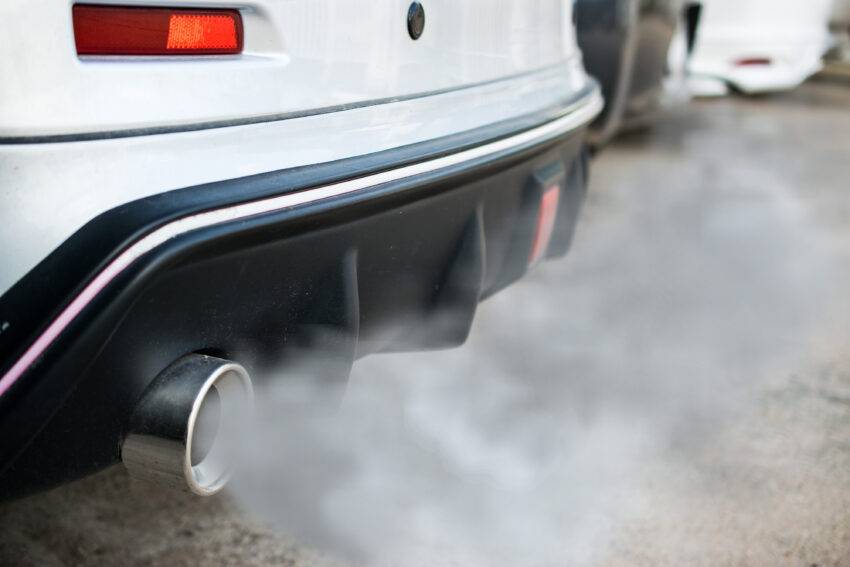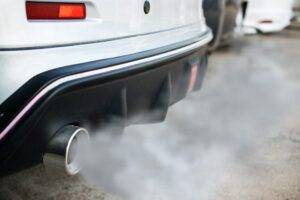Pollution by Schools 41% above National Average
In recent years, air pollution has been at the forefront of global discussions, with stakeholders from various sectors coming together to address this critical environmental challenge. Read more: Pollution by Schools 41% above National Average


In recent years, air pollution has been at the forefront of global discussions, with stakeholders from various sectors coming together to address this critical environmental challenge.
However, a shocking revelation unfolds within our nation’s education system – 41% of UK schools report air pollution levels higher than the national average, and the fallout is a silent but significant threat to our children’s health and future.
The findings from studies conducted across the nation present a sobering reality: our schools’ playgrounds and classrooms are not the sanctuaries of health and safety we envision them to be. Instead, they serve as unsuspecting incubators for respiratory issues, cardiovascular concerns, and academic setbacks. This unexpected correlation between education and pollution unveils intricate narrative threads that touch on public health, policymaking, and the collective responsibility we bear for the environment.
Remembering Dieselgate
The Dieselgate scandal emerged in 2015 when it was uncovered that several car manufacturers had been manipulating emissions testing in their diesel vehicles. By fitting vehicles with ‘defeat devices’, these companies managed to understate their cars’ emissions of nitrogen oxides. Although the scandal has resulted in significant fines, diesel emission claims, and changes to testing protocols, the repercussions have continued to ripple throughout society. The negative effects of diesel emissions on the environment and air quality are particularly concerning, especially in areas where sensitive groups, like children, are most vulnerable.
Pollutants in the Playground
High nitrogen dioxide levels pose a serious threat to children returning to school, as per a study by Airly. This pollutant gas, emitted by road traffic and heavy industry, heightens the risk of asthma and airway inflammation. The study highlights a concerning trend: while air quality around schools improved during the pandemic, it has worsened in recent times. This emphasises the impact of human activity on health, pollution, and air quality.
Notably, air pollution not only jeopardises overall health but also impairs learning abilities, diminishing cognitive intelligence in children. The UK map displaying affected regions reveals that more deprived areas suffer from heavier pollution due to factors like limited green spaces, older vehicles, and high-density housing. The impact of high levels of pollution on children’s health is profound. It increases the risk of respiratory diseases such as asthma, reduces lung function, and has been linked to cognitive and behavioural issues.
London emerges as the most severely affected city in Britain in terms of poor air quality. To address this pressing issue, Airly has initiated a campaign deploying 50 air quality sensors to schools nationwide. These sensors will monitor pollution levels and provide recommendations for improvement after six months of data collection.
The Fight for Cleaner Air in Schools
Tackling air pollution in schools is a multifaceted challenge that demands concerted efforts from various sectors:
Policy Reforms
Stringent regulatory measures and policies need to be implemented to curb emissions from road traffic and industrial zones. Zoning laws should prioritise the establishment of schools in areas with minimal pollution levels.
Building Design and Maintenance
Modern schools should be designed with air quality in mind, utilising materials and ventilation systems that reduce the ingress of outdoor pollutants. Regular maintenance of HVAC systems and the timely replacement of air filters are crucial for sustaining a healthy indoor environment.
Technology and Monitoring
The adoption of air quality monitoring technology within school premises can provide real-time data, empowering educators, and administrators to take immediate corrective actions.
Championing Change at the Local Level
While national and international policies are pivotal, local communities can drive change more effectively. Grassroots movements and local activism are catalysts for creating tangible improvements:
Building Alliances
By forging alliances with local environmental initiatives and health organisations, schools can tap into a wealth of resources, knowledge, and support.
Implementation of School-Specific Policies
Tailoring air quality policies to the specific needs and challenges of individual schools ensures that interventions are impactful and sustainable.
Engaging with Local Representatives
Direct engagement with local council members and MPs can advocate for better funding and resources directed towards mitigating air pollution in schools.
A Shared Imperative
The revelation of schools serving as hotspots for air pollution is a clarion call for urgent action. It underscores the inextricable link between environmental health and educational outcomes, making it an issue of paramount importance across sectors. We are duty-bound to provide our children with a nurturing and safe environment to learn, grow, and thrive. The time to act is now, and the responsibility is ours, collectively, to secure a cleaner, healthier future for the next generation.
The challenge is daunting, but the potential for positive change is immense. By galvanising efforts at every level – from international policy forums to local school boards – we can chart a new course that prioritises the well-being of our children and the preservation of our environment. The battle against school pollution is one that we cannot afford to lose. Join the movement, take a stand for our youth, and become an advocate for cleaner air in our schools. Go to https://www.emissions.co.uk today.






















